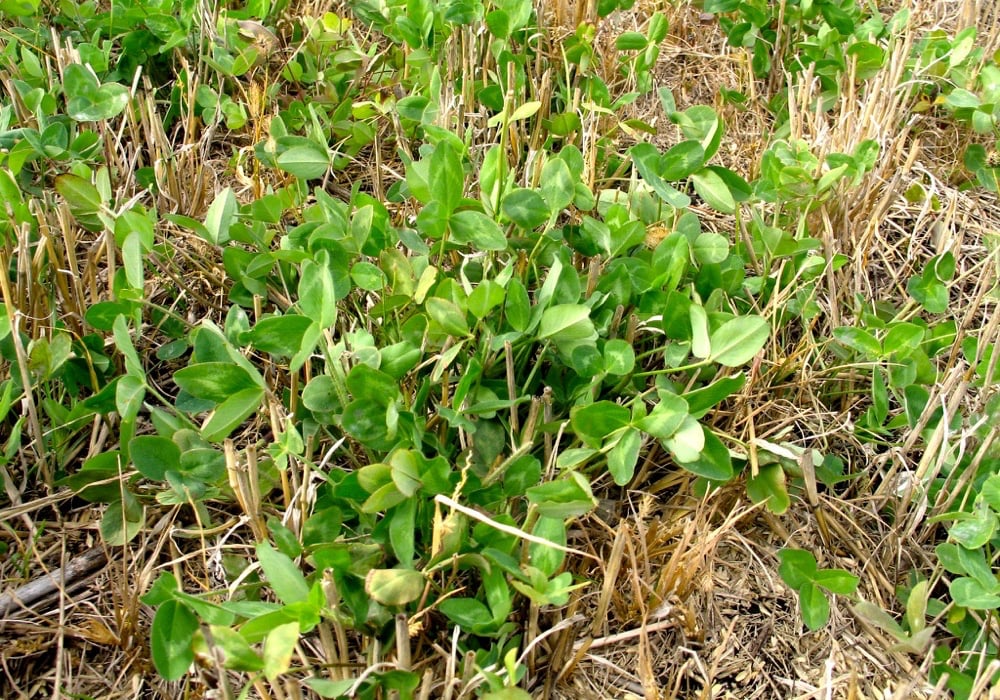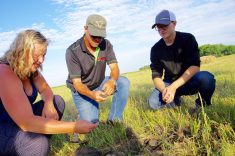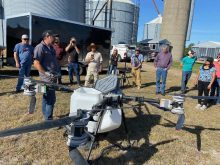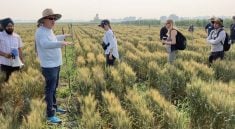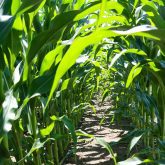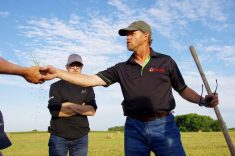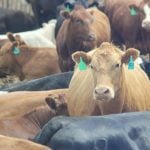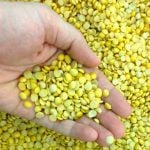Three watershed districts in western Manitoba want producers to try their hand at cover crops or intercrops.
The window is open for producers to sign on with a cover crop program in the Assiniboine West, Central Assiniboine or Souris River Watershed Districts. The three districts run up the western edge of the province from the Canada-U.S. border to Duck Mountain Provincial Park, skirt the southeastern edge of Riding Mountain National Park, extend down to the Turtle Mountains in the south, and bulge out from the municipalities south of Brandon to include the RM of Glenboro-South Cypress, much of the municipalities of Victoria, Argyle, and Lorne and as far east as the northwestern corner of the RM of Grey.
Read Also
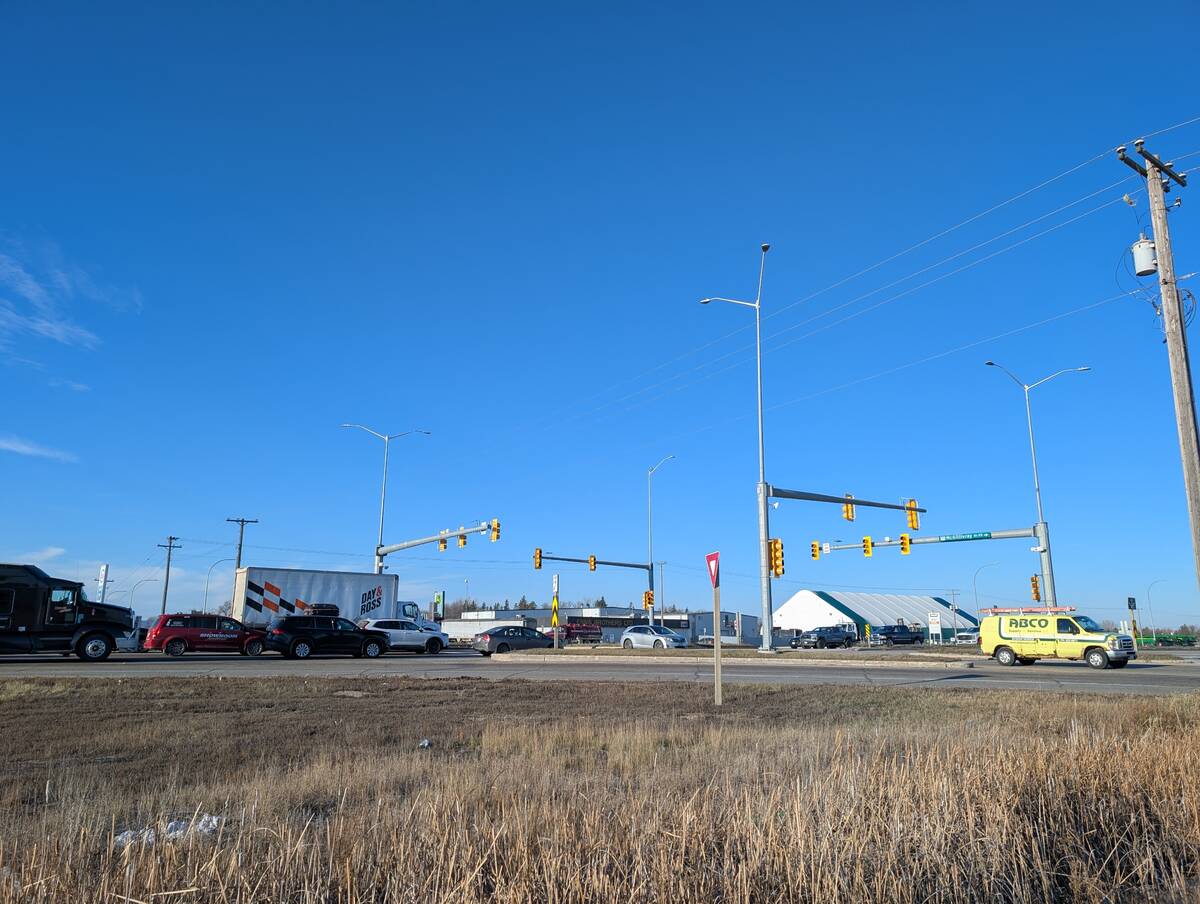
Manitoba farmers uneasy on expropriation
Farmland expropriation for Oak Bluff highway project brings process, farmer compensation concerns back to the fore.
Why it matters: Three western watershed districts are hoping a per-acre payment will see more cover crops planted in their regions.
Producers enrolled with the program will receive $25 an acre to plant companion crops, relay crops or cover crops in the coming growing season, organizers say.
A similar program was offered last year, but was limited to post-harvest seeding, Ryan Canart, general manager of the Assiniboine West Watershed District, said.
“This year we’ve tried to expand it to relay or companion seeding because we found last year that harvest is a busy time of year and guys aren’t really programmed yet to pull the seeder out after they’ve combined a field,” he said. “We really felt it would be a better fit to try and offer it as a spring-seeded cover crop or relay crop or companion.”
The shift also expands the program’s soil health impacts, he argued, branching out into in-season field biodiversity, as well as maintaining a living root longer into the fall.
The program doubled its target acres for 2021, but reduced per-acre payments. Last year, the program enrolled about 20 producers seeding over 600 acres, Canart said. Participants received up to $40 an acre.
“We offered a lot more money last year and we realized that these cover crops don’t actually cost that much,” he said, noting that average reported cost last year hovered around $27 per acre.
This year, the program hopes to see 1,200 acres enrolled.
The program recently saw a “nice little bump” in interest, thanks to a recently circulated email promotion, Canart said. The program is “first come, first serve,” he added.
He has not, however, detected any noticeable surge in cattle producers looking to take the sting out of the province’s dismal forage forecast through the program. Manitoba’s hay experts have cast a wary eye on 2021, with most areas starting the season with significantly short soil moisture. Among the pitches for the program, organizers have argued that the resulting relay and cover crops can then be used for extra forage.
The current split of grain and livestock producers in the program is about even, “if not leaning towards more annual crop,” according to Canart, although there has been some interest in cereals meant for greenfeed and undersown with legumes.
Application forms for the program are available through the three associated watershed district offices.


